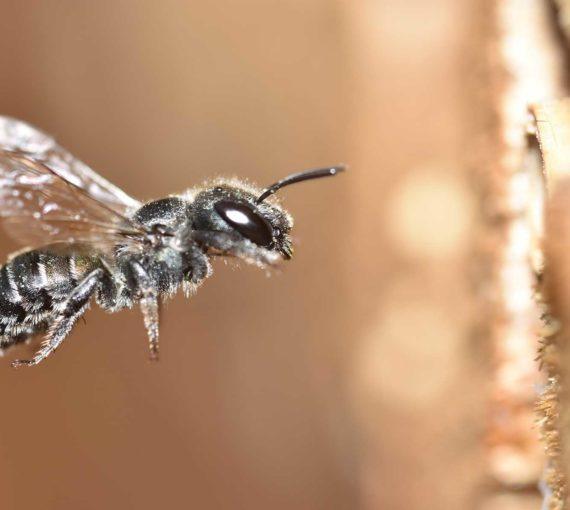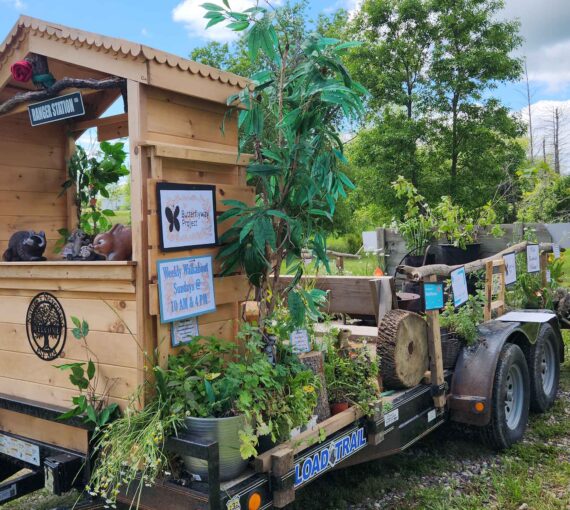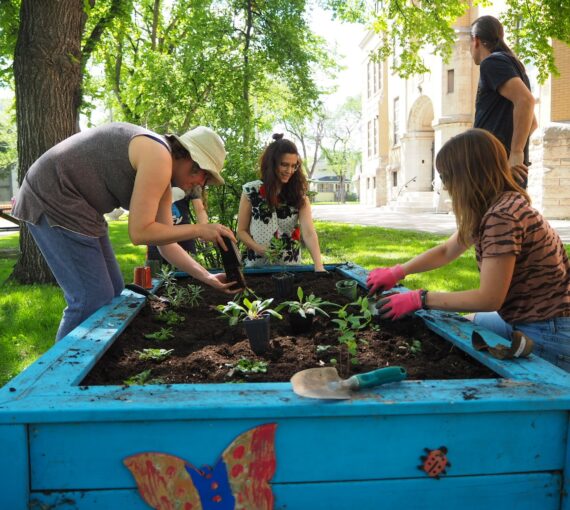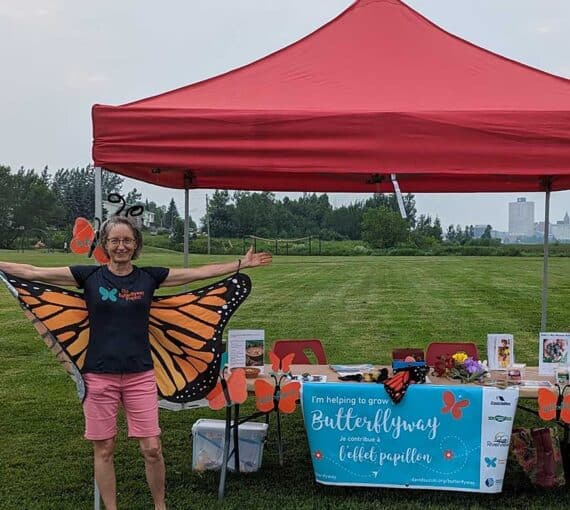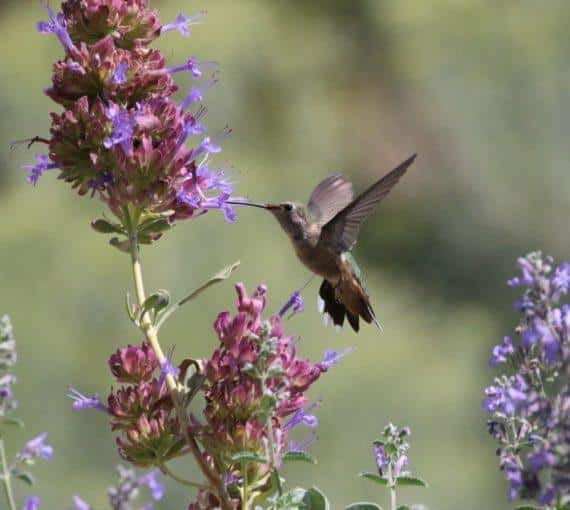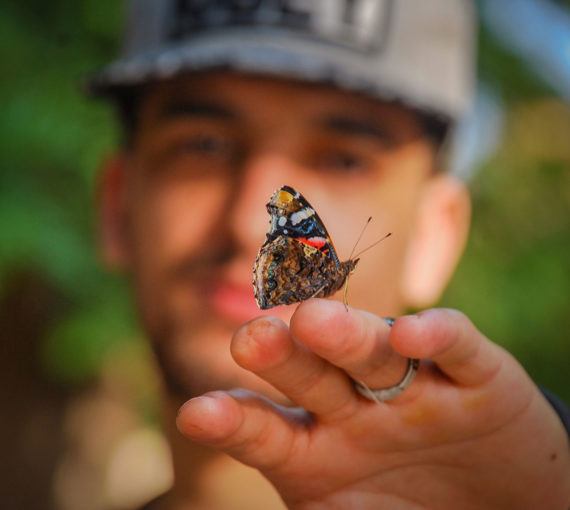Wild pollinators such as butterflies and bees are crucial to human survival. Climate change, land development and pesticide use threaten their survival, and therefore ours as well. The Butterflyway Project helps people create viable pollinator habitat in neighbourhoods across Canada.
About the Butterflyway Project
The Butterflyway Project is a citizen-led movement growing highways of habitat for bees and butterflies across Canada.
In 2017, the David Suzuki Foundation initiated the Butterflyway Project, and its sister L’effet Papillon in Quebec, in five Canadian cities. This volunteer-led movement brings nature home to neighbourhoods, one butterfly-friendly garden at a time.
From inception to 2024, the foundation trained 1,800 Butterflyway Rangers in hundreds of communities throughout Canada. Rangers then connected with neighbours to create habitat gardens in residential yards, school and corporate grounds, boulevards and parks. When 12 or more patches are established, a new Butterflyway is born.
Here is a summary of Ranger accomplishments up to 2024:
- More than 116,500 native wildflowers and grasses planted
- Approximately 3,150 trees and shrubs planted
- 7,400 habitat gardens established
- 139 Butterflyways established (a Butterflyway is 12 or more habitat gardens in close proximity)
The Butterflyway Project is based on our Homegrown National Park Project, an award-winning initiative that created butterfly-friendly corridors in three Toronto neighbourhoods from 2013 to 2015. In 2020, the Butterflyway Project received the Canadian Museum of Nature’s Nature Inspiration Award. Project popularity surged in 2021, with 1,000 Canadians applying to become Butterflyway Rangers, and it has remained at that level ever since. The Ranger role is detailed here and a select few inspirational Ranger stories are told in this series of short videos called Butterflyway Diaries.
The David Suzuki Foundation is committed to helping Canadians rewild their neighbourhoods. Here is a list of additional pollinator and native plant gardening resources.
Thank you for your interest in the Butterflyway Project. Ranger recruitment for 2025 is complete.
This map includes some of the many habitat gardens and Butterflyways planted and tended to by Butterflyway Rangers and their teams.

Seed Sitters
You will be surprised how easy it is to grow native wildflowers and grasses from seed through winter sowing on a balcony or in a backyard. Let us show you how!
From the media centre
Read our latest statements released to the media related to the Butterflyway Project
